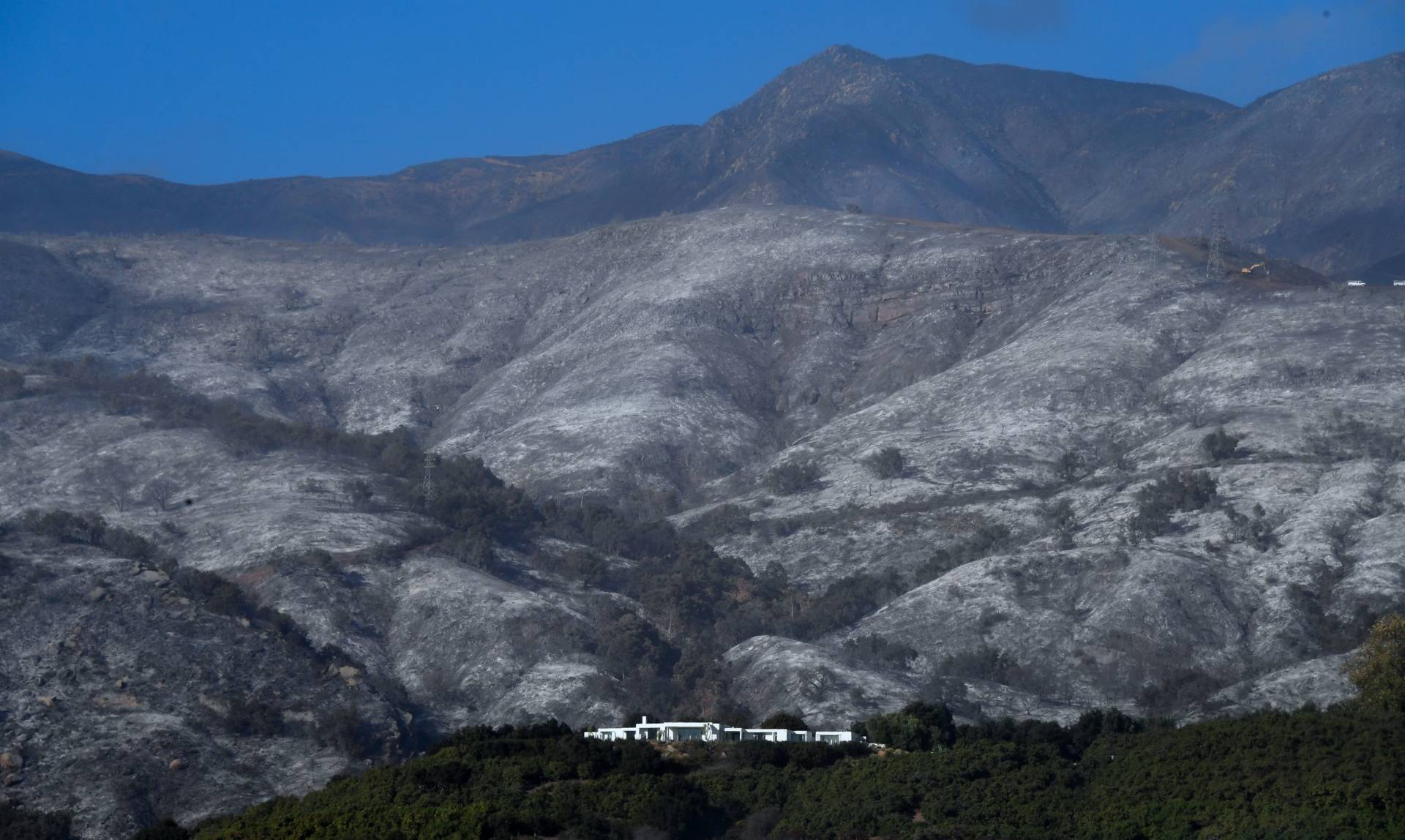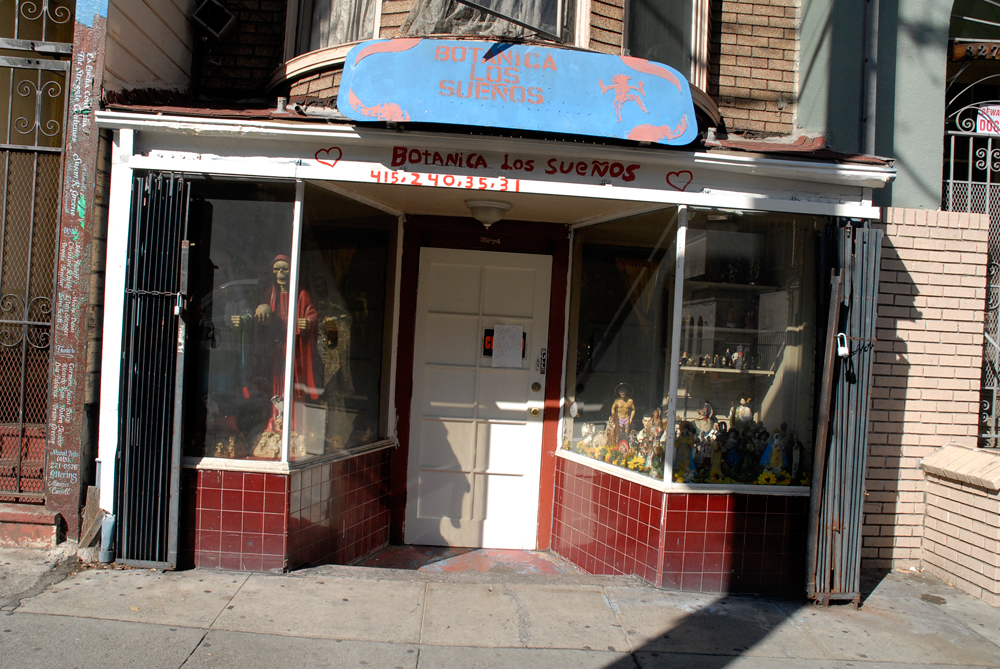Lupe is consulting a customer at her shop, Botanica Los Sueños, in San Francisco’s Mission District. (Like other healers I interviewed, Lupe didn’t want her last name used in this story, saying it is bad luck.) She directs a young Latina woman to a wall lined with rows of colorful candles, each decorated with images of saints.
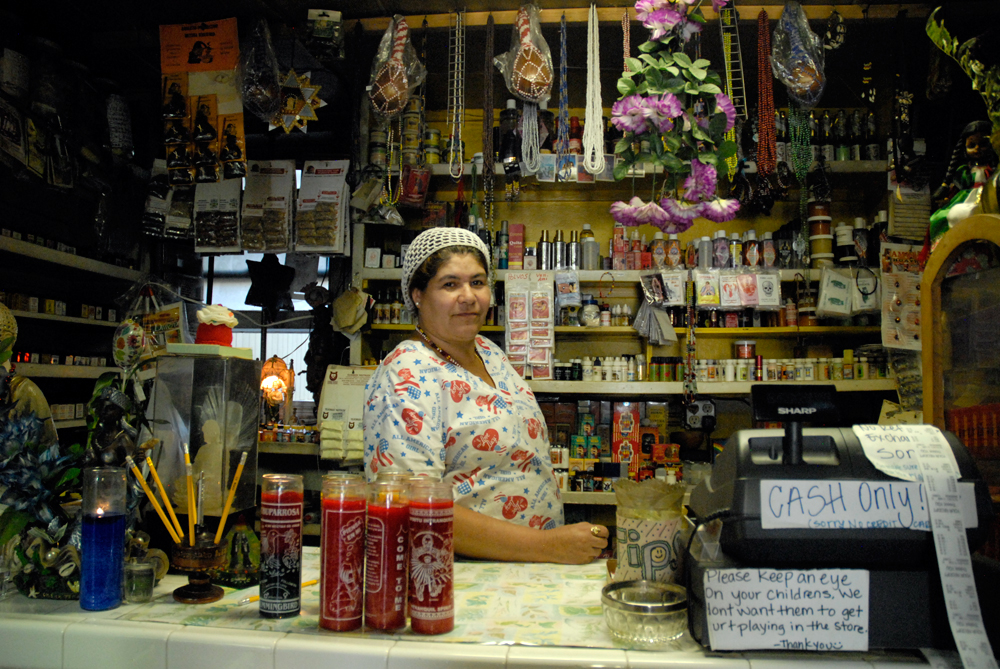
The customer picks out two candles with the words ‘success’ and ‘money’ written on them and takes them to the front counter. Then Lupe begins poking holes deep into the wax with a sharp pencil. She grabs a bottle of a nondescript essential oil, pours some into the candle, and begins turning the candle in circles while chanting prayers under her breath.
Lupe is a curandera, a traditional healer who treats the spiritual as well as physical ailment by using herbs, candles and rituals. Her shop is one of many botanicas in the neighborhood (there are also many botanicas in Oakland’s Fruitvale District, off of International Blvd., as well as others scattered around the Bay Area). Customers come to meet healers who use local and imported herbs to helping them make a mind-body connection.
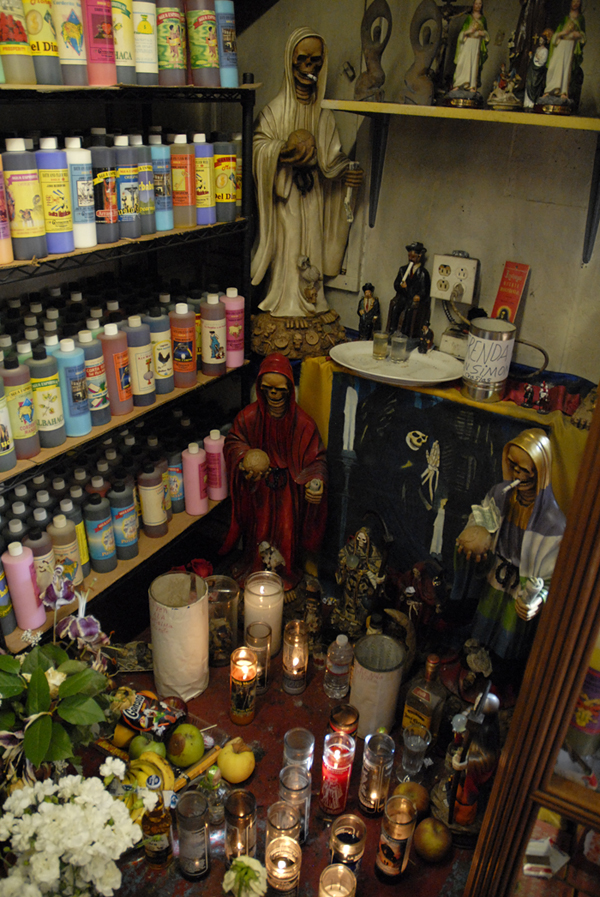
Each corner of Botanica Los Sueños has an altar. Statues of saints are surrounded by lit candles, roses, but also offerings of sustenance: fresh fruit, bags of Mexican candy--sometimes a bottle of rum or tequila. Lupe says the food is an offering to the saints so they’ll grant the wishes of those who pray to them. She says customers bring fresh food each day to replenish the saints.
“People give offerings of fruits, flowers, and honey to sweeten the paths of those who believe in the saints,” said Lupe. “The flowers are for having a good life path, protection, health, money, love; it represents peace and tranquility among the family.”
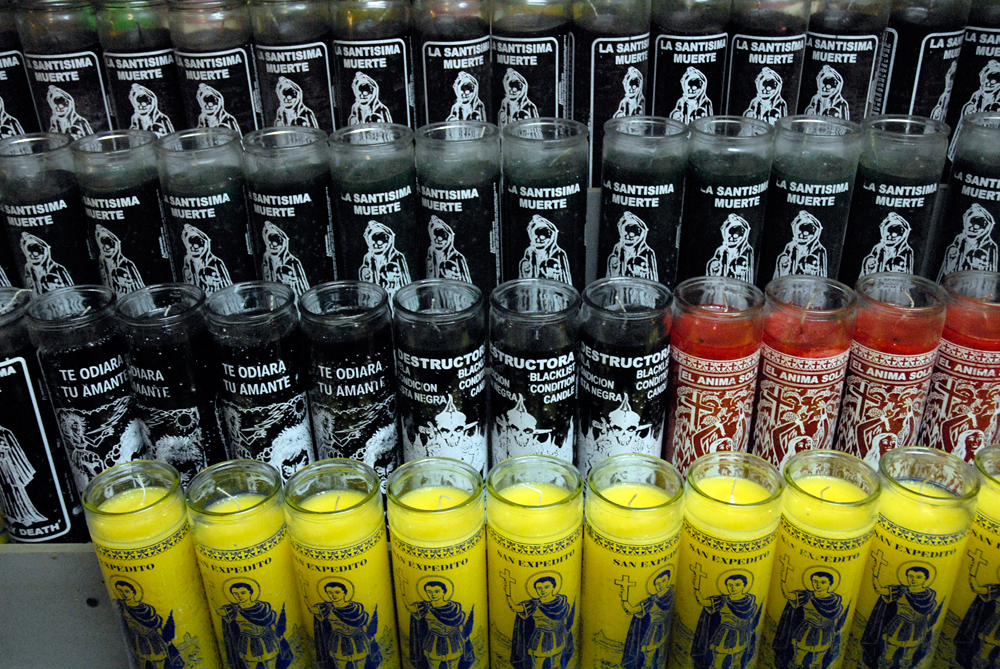
One of the altars is for Santa Muerte (Spanish for ‘The Saint of Death’), a saint depicted by a skeleton dressed in colorful robes. The statue has a cigarette in it’s mouth and a wad of one dollar bills tucked into it’s arm. Lupe says many people follow Santa Muerte in the neighborhood, so her altar is always filled with offerings of all kinds.
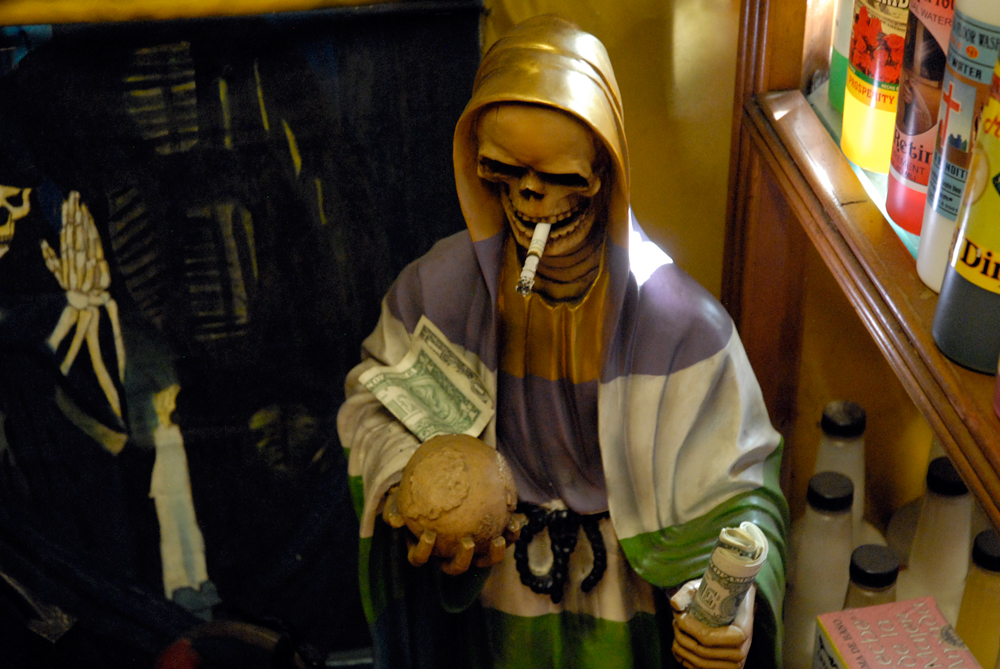
Lupe says she learned how to be a curandera in Guanajuato, Mexico from her aunt, who was also healer. Her aunt taught her about medicinal use herbs, like pasote (Chenopodium ambrosioides L.), a wild herb that grows in the U.S. and Mexico. Lupe says pasote tea helps people with gassy stomachs.
“I’d watch my aunt. Someone would come to her with a broken foot, or a broken hand, and she would grind some herbs and mix them with an egg, and she’d rub it on their legs and they’d be cured,” Lupe said. “She was a healer, so I would watch her do her work and she’d always tell me, ‘Pay attention, because when you grow up you are going to be a great healer.’ So with this in my mind, I developed my skills. And I would help my own children when they were ill: with peppermint, with garlic, with chamomile, with lemon balm -- with medicinal plants.”
